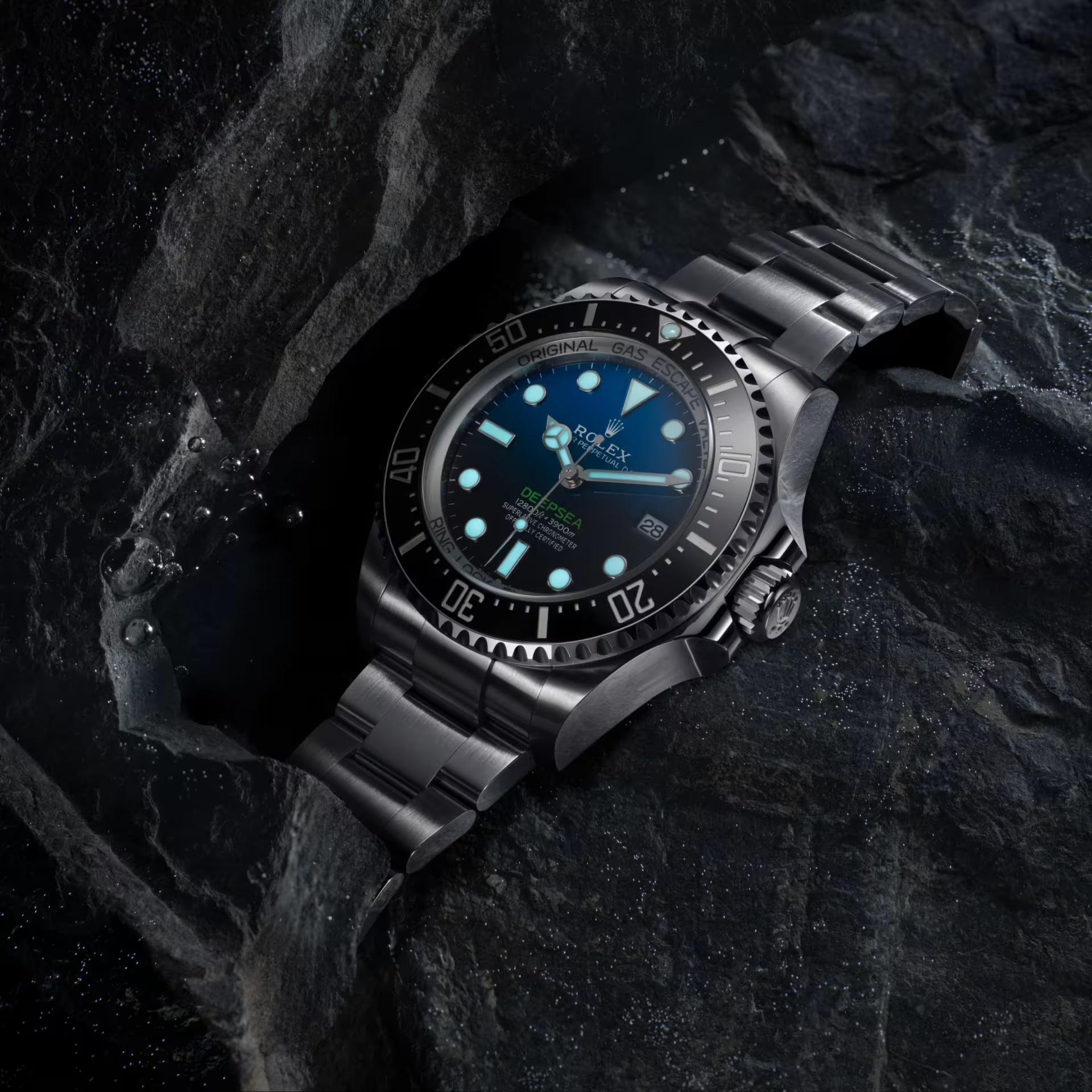Your cart is currently empty!
Insights
How Luxury Watches Are Valued: A Complete Breakdown
Luxury watches are more than just timepieces; they are works of art, symbols of prestige, and in many cases, valuable assets. But what determines the price of a luxury watch? Whether you’re buying, selling, or simply curious, understanding the factors that influence a watch’s value is essential.
At TruePiece, we specialize in helping clients navigate
the complexities of watch valuation, ensuring they understand exactly what makes a timepiece worth its price. In this guide, we’ll break down the key factors that determine the value of a luxury watch.
1. Brand Reputation
The brand of a luxury watch is often the most significant factor influencing its value. Iconic brands like Rolex, Patek Philippe, Audemars Piguet, and Vacheron Constantin command higher prices due to their rich histories, craftsmanship, and consistent demand.
Why It Matters:
- Prestigious brands have strong resale value.
- Their watches are often seen as status symbols, adding to their allure.
- Collectors trust these brands for quality and durability.
2. Rarity and Limited Editions
Limited edition or rare watches are highly sought after by collectors and enthusiasts. Watches with low production numbers, unique features, or historical significance often see their value skyrocket.
Examples of Rarity:
- Vintage models that are no longer in production.
- Watches with unique complications or designs.
- Limited editions produced in collaboration with celebrities or events.
At TruePiece, we help clients identify rare watches and understand their true market value.
3. Condition
A watch’s condition plays a crucial role in its valuation. Pristine, well-maintained timepieces are always more valuable than those showing significant wear or requiring repairs.
What to Look For:
- Minimal scratches on the case, bracelet, or crystal.
- Original parts, including the dial, hands, and movement.
- Proper functionality of the movement and complications.
Tip: Avoid over-polishing your watch, as it can wear down the material and reduce its value. Scratches can tell a story, but excessive restoration can erase its authenticity.
4. Originality and Completeness
The presence of original parts and accessories significantly impacts a watch’s value. Collectors often look for “complete sets” that include the original box, warranty papers, and service records.
Factors That Enhance Value:
- Matching serial numbers.
- Original factory finish (no aftermarket modifications).
- Full documentation, including service history.
TruePiece’s WatchVerify service ensures that every component of your watch is original and authentic.
5. Movement and Complications
The type of movement and complications in a watch are critical to its valuation. High-end watches often feature intricate, hand-finished movements that demonstrate exceptional craftsmanship.
Key Complications:
- Tourbillons, perpetual calendars, or minute repeaters increase value.
- Chronographs and dual time zones add functionality and appeal.
Tip: In-house movements—those designed and produced by the brand—are often more valuable than outsourced movements.
6. Market Demand
The luxury watch market is driven by trends and collector preferences. Popular models or brands can see their prices increase dramatically due to high demand and limited supply.
Examples of High Demand:
- The Rolex Daytona or Patek Philippe Nautilus are often priced above retail due to demand.
- Limited-edition collaborations can create a frenzy among collectors.
TruePiece’s experts monitor market trends to help you understand how demand impacts your watch’s value.
7. Historical Significance
Watches with historical significance or connections to famous events or individuals often command premium prices. Examples include watches worn by astronauts, military personnel, or celebrities.
Why It Matters:
- Historical pieces often become collector’s items.
- They carry stories that add emotional and financial value.
8. Age and Vintage Appeal
While newer models benefit from modern technology, vintage watches are prized for their charm, rarity, and craftsmanship from bygone eras.
What to Consider with Vintage Watches:
- Original patina on the dial can add value.
- Replacement parts or excessive restoration can lower value.
Tip: Vintage doesn’t always mean valuable—authenticity and condition are key.
9. Material and Design
The materials used in the case and bracelet, along with the overall design, significantly influence a watch’s value.
Materials That Add Value:
- Precious metals like gold or platinum.
- Exotic materials like ceramic or carbon fiber.
Unique designs or innovative features can also make a watch more desirable.
10. Provenance
A watch’s history or ownership can have a profound impact on its value. Watches previously owned by celebrities, royalty, or other notable figures often fetch astronomical prices.
Examples:
- Paul Newman’s Rolex Daytona sold for $17.8 million at auction.
- Watches worn during significant historical events.
Final Thoughts
Understanding the factors that determine the value of a luxury watch can help you make informed decisions, whether you’re buying, selling, or investing. From brand reputation to condition, rarity, and demand, every detail matters when it comes to valuation.
At TruePiece, we specialize in providing expert insights into watch valuation through services like WatchVerify and WatchOpinion. Whether you need a professional assessment of your timepiece or guidance on your next purchase, we’re here to help.
Ready to unlock the true value of your luxury watch? Visit TruePiece.com and let our experts guide you.
Your peace of mind starts here.
Don’t risk your time or money. Let our experts protect your investment.
